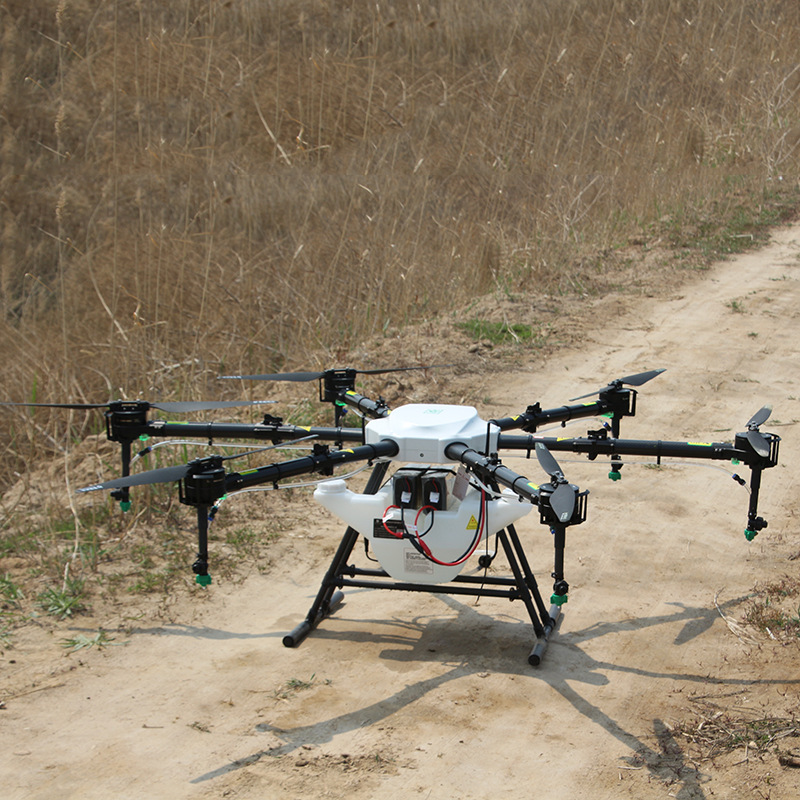
In recent years, the agricultural sector has witnessed a significant transformation with the integration of technology. Among the most impactful innovations are agricultural drones, which have become essential tools for farmers seeking to enhance productivity and efficiency. This article explores the various ways drones are revolutionizing farming practices, the benefits they offer, and the future of agriculture.
Enhancing Crop Monitoring
One of the primary uses of drones in agriculture is crop monitoring. Equipped with advanced sensors and cameras, drones can capture high-resolution images and collect valuable data from fields. This information allows farmers to assess plant health, detect pests, and identify nutrient deficiencies early on. By having a bird’s-eye view of their crops, farmers can make informed decisions that lead to better yields and more efficient resource use.
Precision Agriculture
Drones play a crucial role in precision agriculture, a farming technique that uses technology to ensure crops receive the exact amount of water, fertilizers, and pesticides they need. This approach not only maximizes crop yield but also minimizes waste and environmental impact. Drones facilitate the application of inputs with pinpoint accuracy, reducing costs and promoting sustainable farming practices.
Irrigation Management
Proper irrigation is vital for crop health, and drones can enhance this process. Using thermal imaging, drones can assess soil moisture levels across different sections of a field. This data helps farmers determine where irrigation is needed most, preventing over-watering in some areas while ensuring adequate moisture in others. The result is more efficient water use, which is essential in today’s climate-sensitive world.
Pest and Disease Control
Early detection of pests and diseases is critical for protecting crops. Agricultural drones equipped with multispectral imaging can identify stress in plants long before it becomes visible to the naked eye. By pinpointing affected areas, farmers can take targeted action to mitigate damage, whether through tailored pesticide applications or manual interventions. This proactive approach not only saves crops but also reduces the overall need for chemical treatments.
Improving Harvesting Processes
Drones can also assist in the harvesting stage by providing insights into crop readiness. By analyzing data collected during the growing season, farmers can determine the optimal time for harvest, ensuring maximum yield and quality. Additionally, some advanced drone systems can assist with automated harvesting, streamlining operations and reducing labor costs.
Future Prospects
The future of agriculture is undoubtedly intertwined with technological advancements. As drone technology continues to evolve, we can expect even more innovative applications within the industry. From improved AI algorithms that analyze agricultural data to the development of fully autonomous drones that handle multiple farming tasks, the possibilities are vast.
Conclusion
Agricultural drones are reshaping the way farmers approach their work, leading to increased efficiency, sustainability, and profitability. By embracing this technology, farmers can not only meet the growing food demands of the global population but also contribute to responsible and sustainable farming practices. As the agricultural sector continues to evolve, the role of drones will only become more significant, ushering in a new era of farming.
In summary, agricultural drones represent a pivotal advancement in the quest for smarter, more efficient farming practices. By incorporating drone technology, farmers can improve crop monitoring, enhance precision agriculture, manage irrigation effectively, control pests, and optimize harvesting processes. Embracing this technology is not just a choice but a necessity for the future of agriculture.

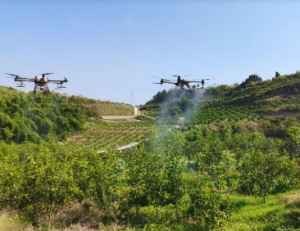
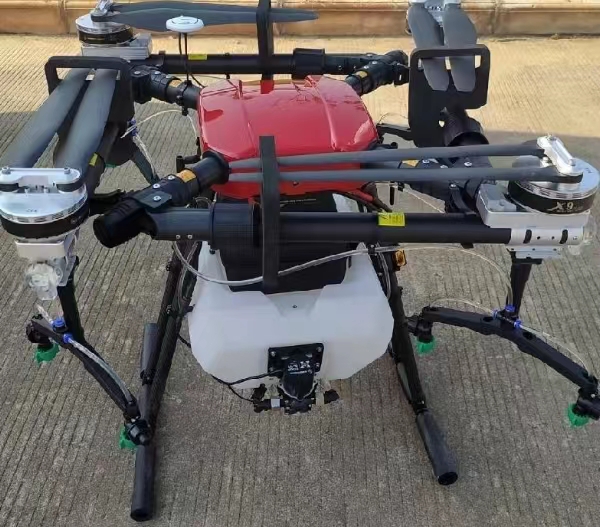
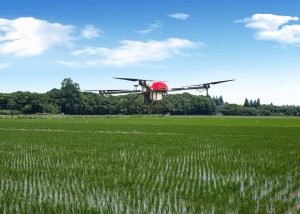
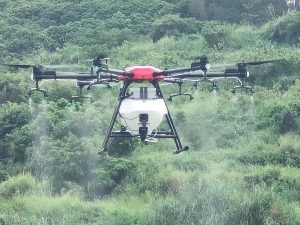
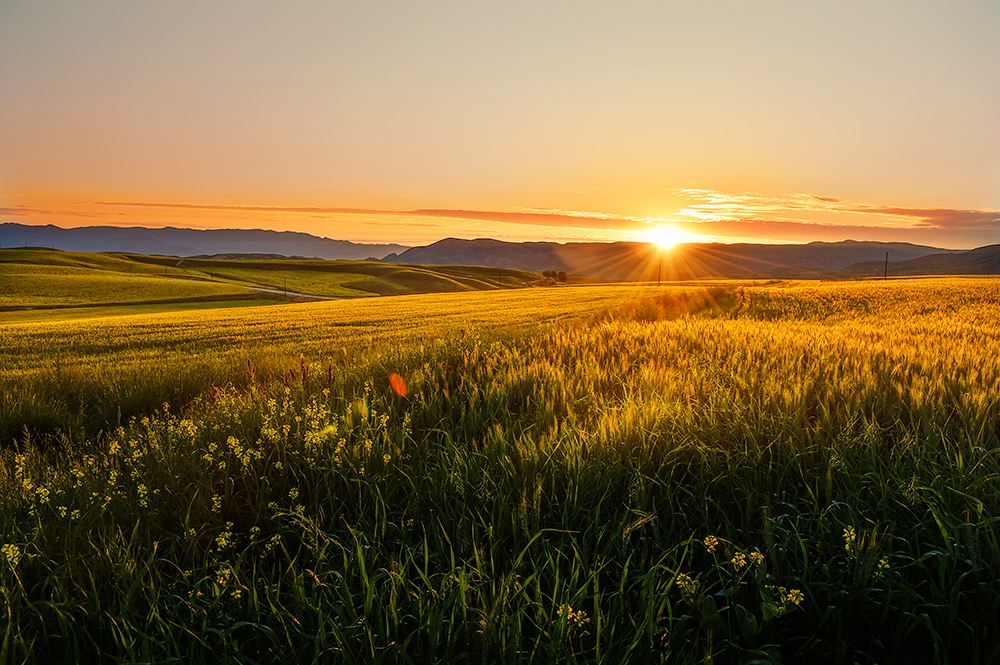
暂无评论内容